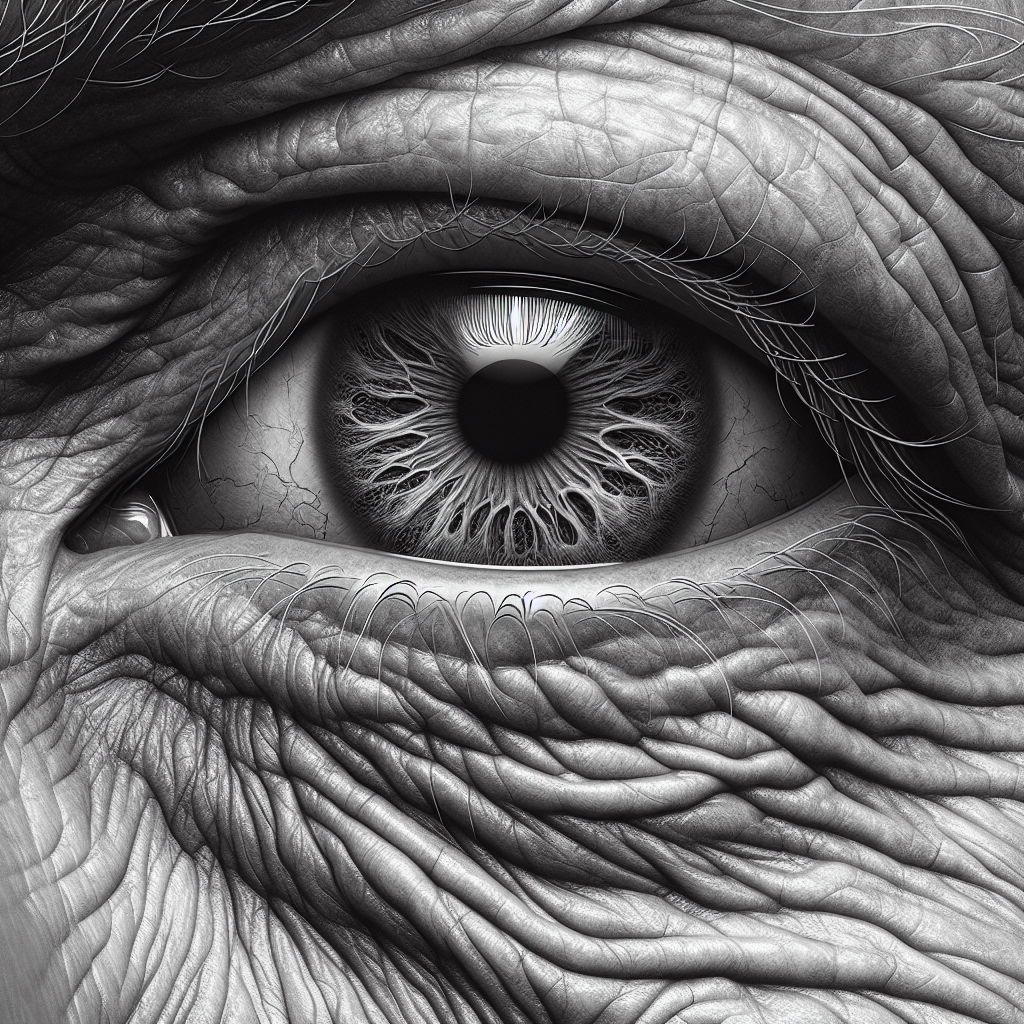Crow's feet, also known as laugh lines or character lines, are the fine lines and wrinkles that radiate outward from the corners of the eyes. They are often among the first signs of aging to appear on the face, resulting from years of facial expressions, sun exposure, and the natural decrease in collagen production. Botox, a neuromodulator made from botulinum toxin, is a highly effective treatment for these expression lines. By temporarily relaxing the underlying muscles, Botox smooths out the skin, giving a more youthful and refreshed appearance.
The key to Botox's success in treating crow's feet lies in its precise application. Where is Botox injected for crow's feet? Skilled practitioners target specific muscles that contribute to the formation of these lines, called the orbicularis oculi. Injecting Botox into the three main areas of this muscle — the lateral, superior, and inferior parts — ensures a natural-looking reduction of wrinkles while allowing for normal facial expressions.
At Beauty O'Clock Medical Spa, our experienced professionals are dedicated to providing the highest quality of care. We understand the artistry behind Botox injections and take an individualized approach to ensure optimal results for each client. For those looking to rejuvenate their appearance and combat the signs of aging, we invite you to book an appointment or free consultation or call 647-812-8752 for more info.
Anatomical Landmarks for Crow's Feet Injections
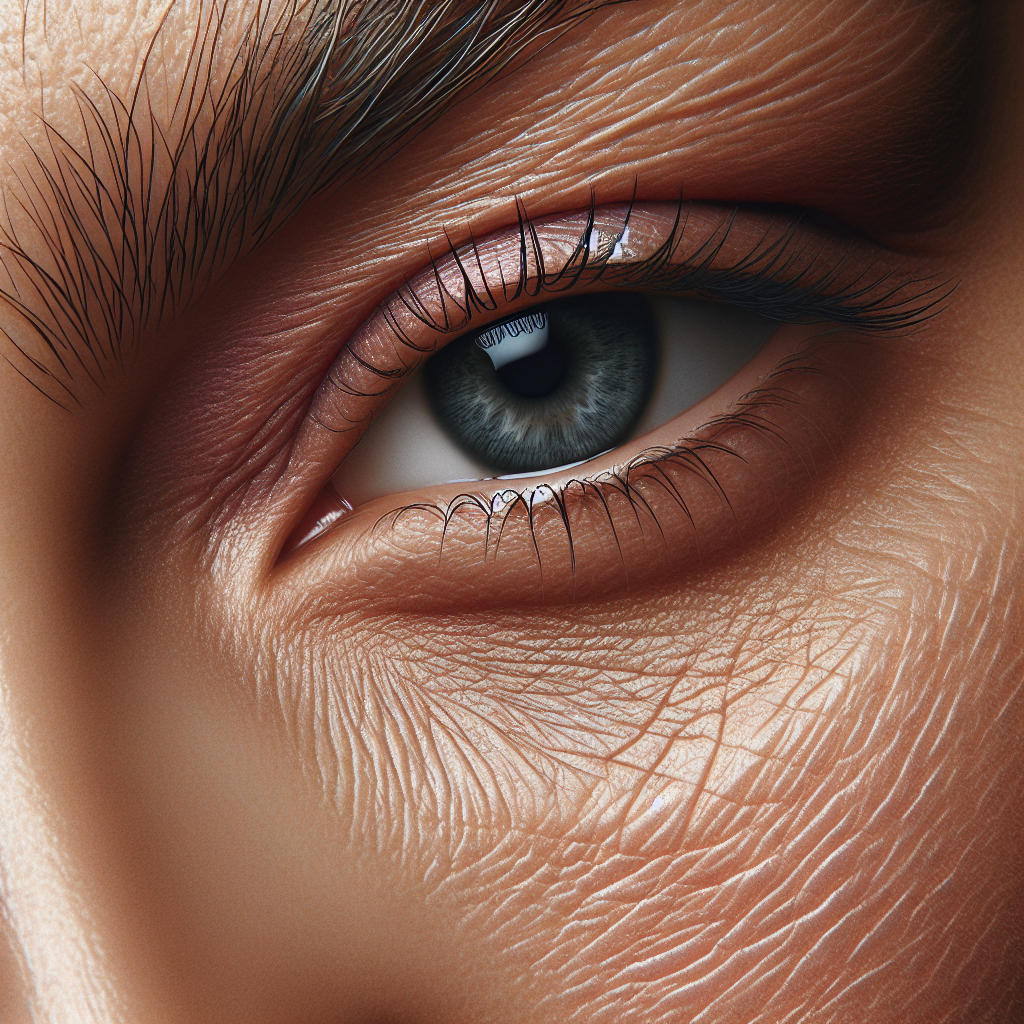
When considering Botox injections for crow's feet, understanding the anatomy of the eye area is crucial for effective and safe treatment. The orbicularis oculi muscle, responsible for the closure of the eyelids, is the primary target for Botox injections to alleviate crow's feet. This circular muscle surrounds the eye and is divided into orbital, palpebral, and lacrimal parts, each with a specific function in eye movements and expressions.
Injecting Botox into the lateral canthal lines, which are the lines that extend outward from the outer corner of the eye, requires precise identification of anatomical landmarks. The injections are typically placed about 1 to 2 centimeters outside the orbital rim to avoid affecting the muscles that control the eyelids and to prevent drooping. Additionally, injections are made at a shallow depth to target the muscle's superficial fibers and to prevent diffusion into unwanted areas.
To achieve optimal results without compromising facial expressions, a series of small injections are administered along the crow's feet, fanning out from the lateral edge of the eye. The exact number and placement of injections can vary depending on the individual's muscle strength, skin thickness, and the extent of the wrinkling. A thorough assessment by a qualified practitioner is vital to determine the best injection sites to soften crow's feet while maintaining a natural and expressive look.
Key Injection Points for Treating Crow's Feet
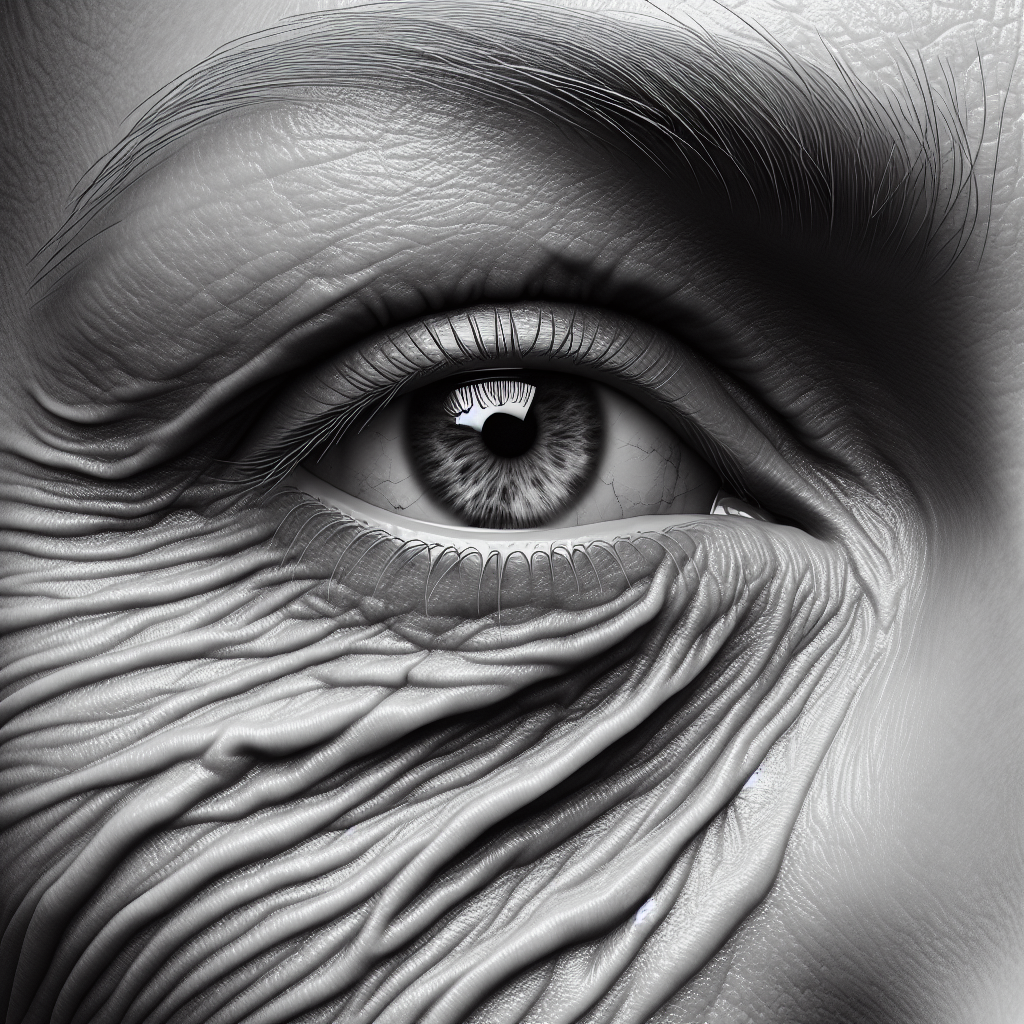
To effectively treat crow's feet, Botox must be administered at key points where the muscle contractions are the strongest. The standard approach involves three to four injections per side, each carefully placed along the orbicularis oculi muscle's path. The first injection point is typically located just lateral to where the eyebrow ends, targeting the muscle fibers that contribute to the upper portion of the crow's feet.
The second injection point is positioned midway between the first point and the outer corner of the eye, addressing the mid portion of the orbicularis oculi. This is where the majority of the crow's feet appear during smiling or squinting. The third injection site is near the outer corner of the eye, focusing on the lower fibers that fan out towards the cheeks. If necessary, a fourth injection can be administered slightly lower to ensure all areas of muscle contraction are addressed.
It is essential that these injections are spaced out appropriately, typically about 1 centimeter apart, to ensure the Botox spreads evenly and reduces the appearance of lines without over-treating the area. The exact depth and angle of injections are also critical; injections should be superficial to target the muscle's fibers without penetrating too deeply. By strategically placing these injections, the dynamic wrinkles that form crow's feet can be softened, resulting in a smoother, more youthful appearance around the eyes.
The Role of Botox Dosage in Crow's Feet Treatment
The dosage of Botox plays a pivotal role in the treatment of crow's feet, as it determines the effectiveness and duration of the results. The goal is to relax the muscles enough to reduce the wrinkles, without compromising the natural movement and expression of the face. Typically, a total of 12-24 units of Botox are used to treat crow's feet, with each side receiving 6-12 units depending on the individual's muscle strength and the severity of the wrinkles.
It is crucial to tailor the dosage to the patient's unique facial anatomy and desired outcomes. Over-treatment can lead to an undesired 'frozen' look, while under-treatment may result in suboptimal results. A skilled practitioner will assess the muscle activity and consider factors such as age, gender, and previous Botox treatments to determine the appropriate dosage.
Moreover, the longevity of Botox effects can vary among individuals. On average, results from Botox injections for crow's feet last between three to four months. However, factors such as the patient's metabolism, lifestyle, and muscle strength can influence this duration. Regular maintenance treatments are often recommended to sustain the smooth appearance of the skin around the eyes.
The expertise of the injector is paramount when determining the right dosage. A thorough consultation and assessment at a reputable medical spa, such as Beauty O'Clock, ensure that each patient receives a customized treatment plan designed for optimal results.
Safety and Side Effects of Botox for Crow's Feet
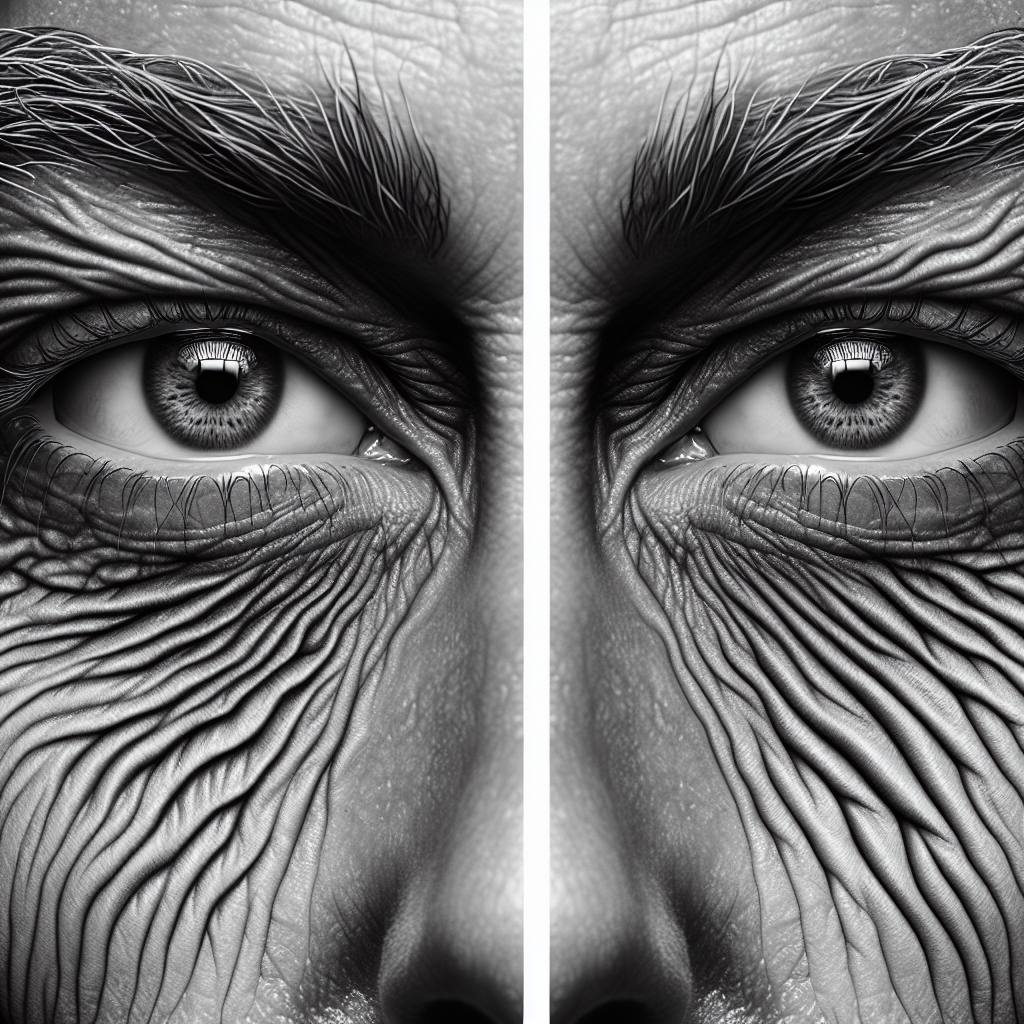
Botox is FDA-approved and considered a safe treatment for the reduction of crow's feet and other dynamic wrinkles. However, as with any medical procedure, there are potential side effects that patients should be aware of. Common side effects include temporary bruising, swelling, or redness at the injection site. Some individuals may also experience a mild headache or a feeling of heaviness in the treated area, though these symptoms typically resolve within a few days.
More serious side effects are rare, but can include eyelid droop, asymmetry of facial expression, or muscle weakness. These effects are typically associated with the injection technique or incorrect dosage, underscoring the importance of choosing an experienced and qualified injector.
Patients are advised to avoid rubbing or massaging the treated area for at least 24 hours post-treatment to prevent the Botox from spreading to adjacent muscles. It is also recommended to remain upright and avoid strenuous activities for a few hours following the injections.
Individuals with certain neuromuscular disorders, allergies to botulinum toxin, or skin infections at the proposed injection sites should avoid Botox treatments. Pregnant or breastfeeding women are also advised against undergoing Botox injections. A detailed medical history and consultation with a healthcare professional will help to ensure that Botox is a safe and suitable option for you.
At Beauty O'Clock Medical Spa, patient safety is our utmost priority. Our experienced practitioners provide comprehensive pre-treatment consultations to discuss any concerns and to thoroughly evaluate if Botox is the right choice for your skin rejuvenation needs.
Post-Botox Care and Expected Results for Eye Wrinkles
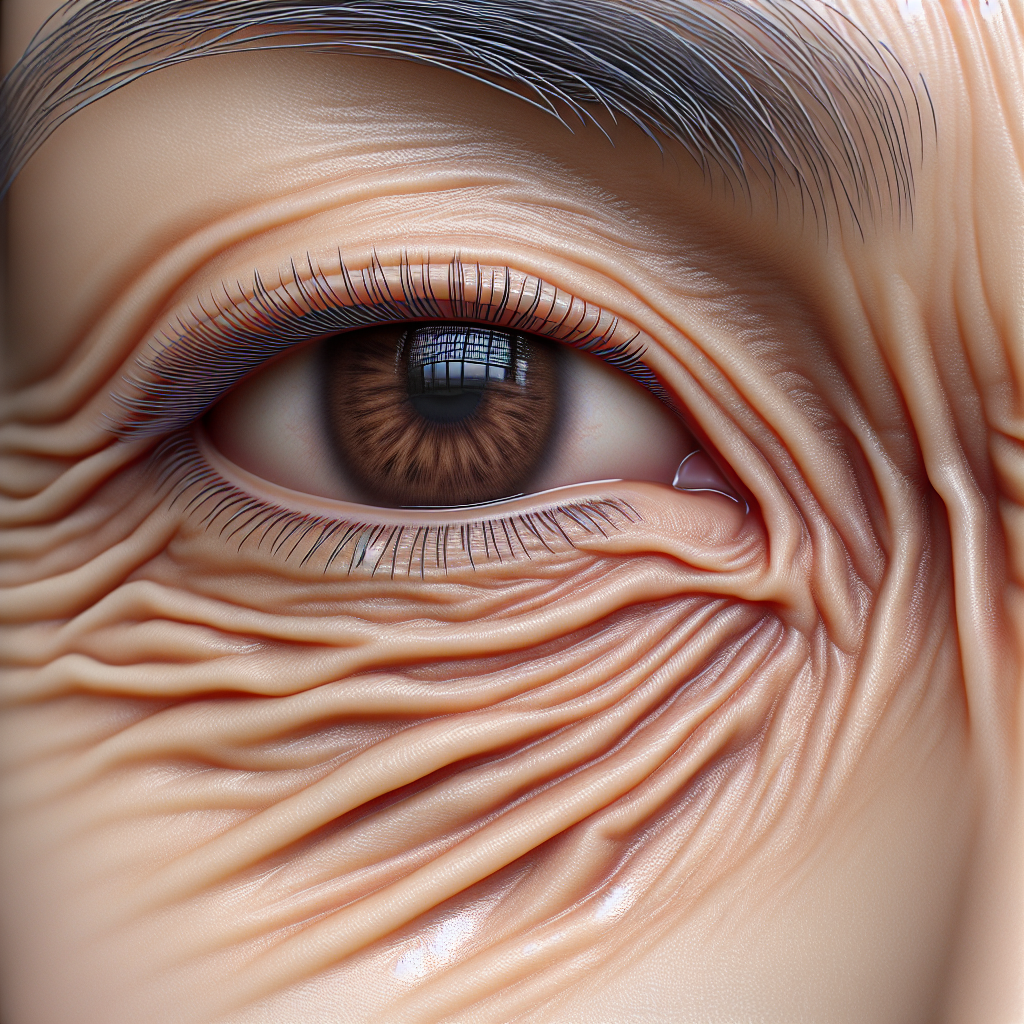
After receiving Botox injections for crow's feet, patients can expect to see a noticeable smoothing of the eye wrinkles within a few days. The peak effect usually occurs at around two weeks, with the rejuvenating results lasting anywhere from three to six months. To maintain these results, patients may opt for regular follow-up treatments.
Post-treatment care is minimal, yet crucial for optimizing the outcome. Patients should avoid engaging in high-intensity activities and exposing the treated area to heat or sun for the first 24 hours. It's also important to refrain from lying down or bending over extensively during this period. Sticking to these guidelines helps to ensure the Botox stays localized, reducing the likelihood of diffusion to unintended areas.
Patients are encouraged to practice gentle facial exercises, such as squinting or frowning, in the hours following the treatment to promote optimal uptake of the Botox into the target muscles. Avoidance of alcohol, aspirin, and anti-inflammatory medications can also help minimize the risk of bruising.
Experiencing the full benefits of Botox comes not only from the treatment itself but also from the professional guidance and support provided by your aesthetic team. At Beauty O'Clock Medical Spa, we offer personalized aftercare advice to ensure your experience is as comfortable and effective as possible.
Ready to see the transformative effects of Botox for yourself? Book an appointment or call 647-812-8752 for a free consultation today, and take the first step towards a more refreshed and youthful appearance.
